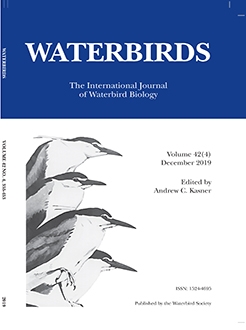This study aimed to establish a reliable method based on morphometrics to sex Long-tailed Jaeger (Stercorarius longicaudus), a species with slight differences in body size between sexes but no plumage differences. The presence of assortative mating based on size was also examined to determine if within-pair differences in size could improve sexing. Seventy-six Long-tailed Jaegers were measured, including 26 breeding pairs, on Bylot Island (Nunavut, Canada) during summers 2014-2018. Bird weight, wing chord, tarsus, head, and tail feathers were measured, and breast feathers were collected to determine sex with DNA extracts. A first discriminant function based on two variables (body mass and wing chord) accurately sexed 83% of birds. Some evidence for positive assortative mating based on size was found, as body mass of pair members was positively related, and 88% of females were heavier than their partner. A second discriminant function that included body mass, wing chord, length of the central tail feather, and partner's body mass accurately sexed 92% of birds. Adding a new morphometric and information from the partner allowed a reduction in sex misclassification by half (17% vs. 8%). In conclusion, external body measurements are useful to sex Long-tailed Jaegers, a slightly dimorphic species, and measurements of both members of a pair considerably improve the accuracy of sexing, likely due to the presence of assortative mating.
BioOne.org will be down briefly for maintenance on 17 December 2024 between 18:00-22:00 Pacific Time US. We apologize for any inconvenience.
How to translate text using browser tools
1 December 2019
Sexing a Monomorphic Plumage Seabird Using Morphometrics and Assortative Mating
Yannick Seyer,
Gilles Gauthier,
Louis Bernatchez,
Jean-François Therrien
ACCESS THE FULL ARTICLE

Waterbirds
Vol. 42 • No. 4
December 2019
Vol. 42 • No. 4
December 2019
discriminant analysis
genetic sexing
Long-tailed Jaeger
Morphometrics
seabirds
sex identification
sexual dimorphism




